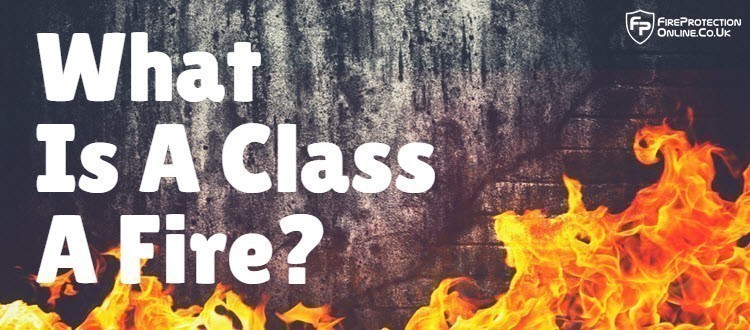
It’s a good question, and you may find yourself needing to know the answer if you’re faced with a fire. Having an understanding of the different types of fire, means you can use the most suitable fire extinguisher for the situation.
Each classification refers to the material which is burning, or what has caused the fire. It can be that certain types of fire only have one type of extinguisher which is suitable.
However, using the wrong one can increase the danger to everyone around and instead act as an accelerant on the flames.
Class A
A class A fire is the most common type of fire and consists of ordinary combustibles such as wood, paper and fabric. This happens when the material reaches a certain temperature, which causes its ignition.
This will generally mean that a pile of rubbish will be Class A, unless you know otherwise.
A good rule to follow is that if it produces ash, then it is a Class A fire.
Preventing a Class A Fire

You can prevent a Class A fire by taking care to not leave large piles of rubbish, or other materials, lying around. You can also limit the chances of it ignition by enforcing a no-smoking rule.
They can be hard to prevent, particularly if started maliciously, so to limit the damage a Class A fire can cause, you should consider keeping rubbish away from any buildings.
Tackling a Class A Fire
A water extinguisher is the best bit of kit to use on a Class A fire. It’s worked from the beginning of time, and it still works now.
Foam, powder and wet chemical extinguishers will also work on a Class A fire if you haven’t got a water one close to hand.
A water hose would also be effective at putting out a Class A fire, and will help dampen the embers after to avoid it reigniting.
Water works as it cools down the fire, removing the heat which is essential for a fire to burn.
Class A fires will continue to burn as long as there is heat, oxygen and fuel.